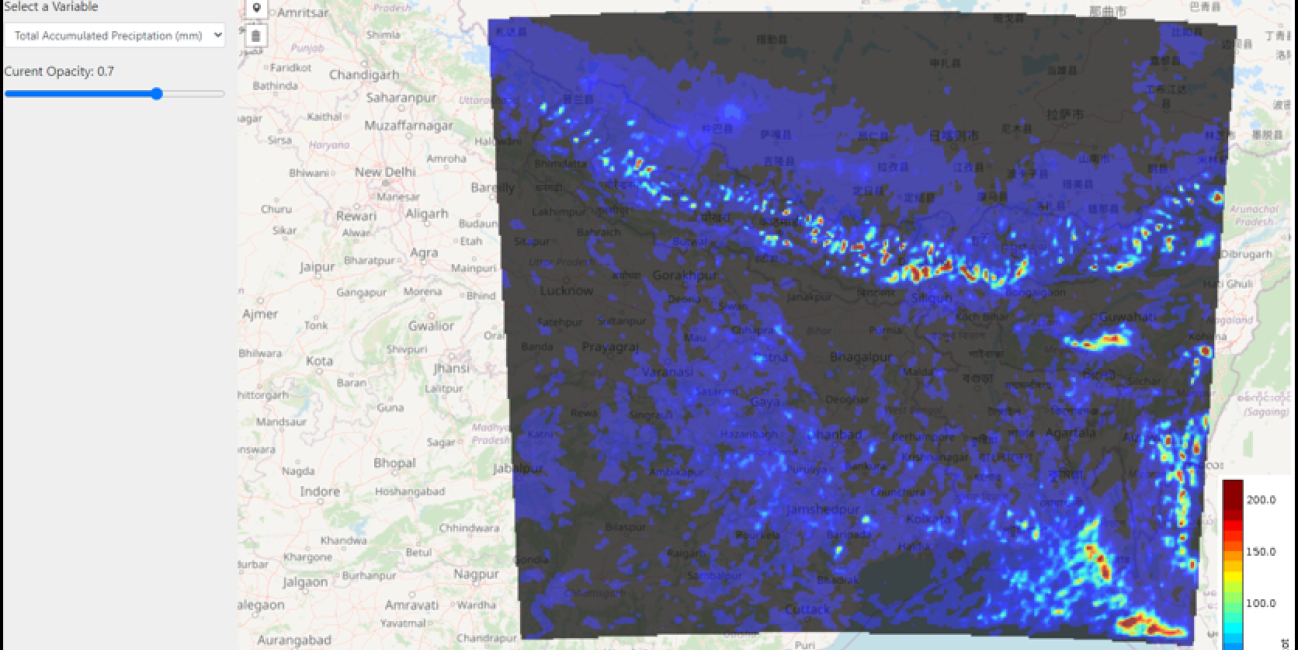
GPM Data Supports Weather Forecasting in Bangladesh
Bangladesh has a long history of deadly and costly storms. Because these storms are so localized, they can be notoriously difficult to forecast, especially without access to the most advanced weather prediction technology.
Researchers have created a new tool to boost the country’s ability to forecast severe weather. The SERVIR program - a joint initiative of NASA, USAID, and leading geospatial organizations in Asia, Africa, and Latin America - and the Bangladesh Meteorological Department (BMD) recently launched the High-Impact Weather Assessment Toolkit (HIWAT), a web-based tool that integrates data from GPM and other NASA data with BMD’s local observations in order to improve weather forecasts, giving BMD meteorologists a more thorough and detailed pool of data.
HIWAT uses a mesoscale numerical weather prediction model and the GPM constellation of satellites to assess high impact convective weather events over the Hindu Kush Himalaya region. The toolkit includes a suite of ensemble model forecasts to constrain the uncertainties and provides a 54-hour probabilistic forecast for improved decision making. HIWAT provides outlooks for lightning strikes, high impact winds, high rainfall rates, hail, and other weather events. Credits: SERVIR / HIWAT
These inputs can help produce more reliable forecasts and allow scientists to predict hazards that were previously more difficult to anticipate, like lightning and hail.
Learn more at NASA's Earth Observatory: NASA Data Supercharges Forecasting in Bangladesh


